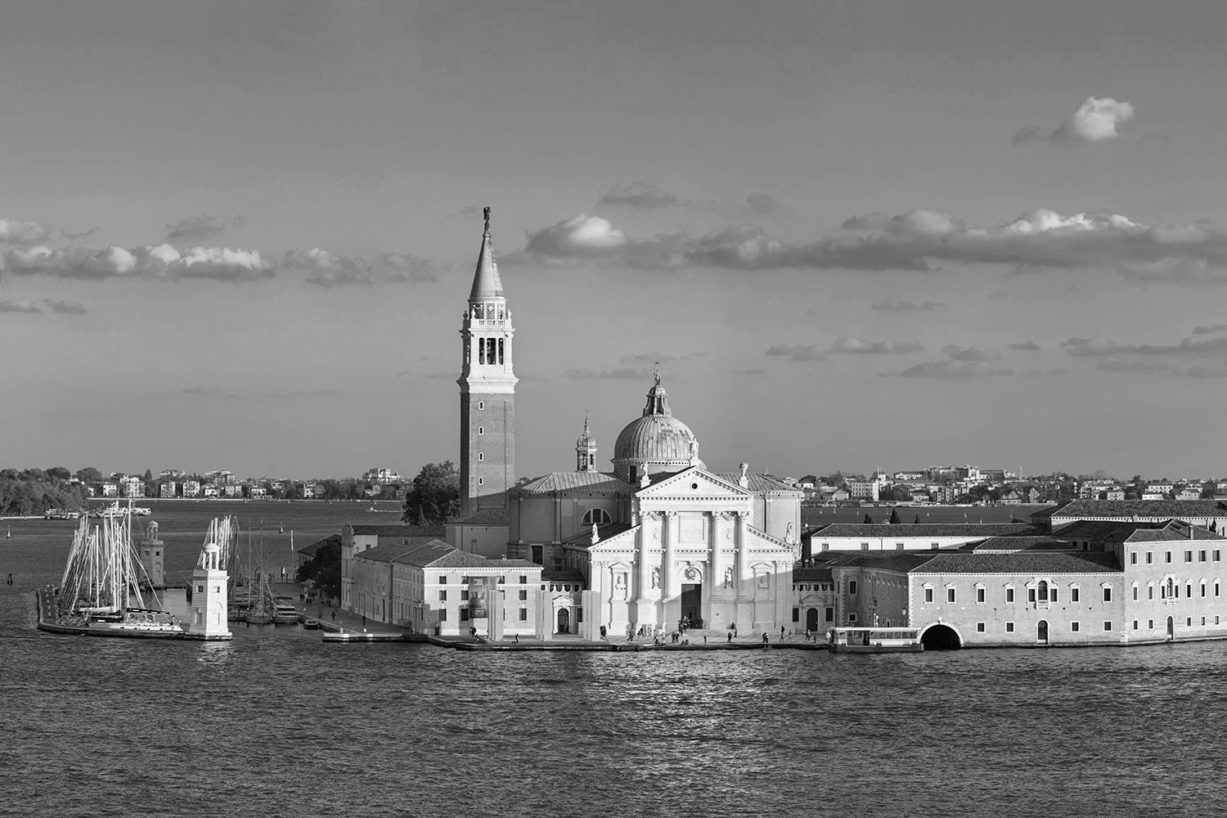
CRAFTING A MORE HUMAN FUTURE
Welcome to the first major exhibition showcasing the very best European craftsmanship and its link to the world of design. As today’s technology-driven society pushes us to move faster, consume more and think less, Homo Faber invites you to slow down, take a breath, and meet the people choosing a different approach. Discover the unique contribution to our modern world made by master artisans, the remarkable craftsmen and women using their hands and minds to create exceptional objects of lasting excellence. Come and experience the human spirit and talent of man the maker: Homo Faber.
“Showcasing what human beings can do better than machines”
The exhibition Homo Faber celebrates European craftsmanship in the beautiful Fondazione Giorgio Cini in Venice. The building’s galleries, library, cloisters and even its 1960s-designed swimming pool will host masterpieces, exhibitions, installations and workshops presenting the work of European artisans at the top of their game. Italian architect Michele de Lucchi, London-based professor of fashion Judith Clark, gallerist Jean Blanchaert, acclaimed architect Stefano Boeri and Parisian interior designer India Mahdavi are among the world-class names creating the 16 exhibition spaces. Together, the exhibits showcase a vast array of materials and expertise, from rare traditional skills on the brink of being lost to the most cutting-edge contemporary techniques.
An immersive experience, the exhibition offers visitors an unprecedented opportunity to meet artisans and watch them work: observe contemporary and antique artworks being restored, see bespoke bicycles being made and watch master artisans creating something gorgeous right in front of your eyes. The use of photographs, Go Pro footage and virtual reality will transport visitors straight to the heart of artisanal workshops, giving them a real understanding of the connection between hand, head and heart that is crucial for creating exquisite objects of lasting value.
“Homo Faber is an expression that was first coined during the Renaissance and it captures and celebrates the infinite creativity of human beings,” says Johann Rupert, co-founder of the Michelangelo Foundation, which is organizing the exhibition. “The exhibit will provide a panoramic view of European fine craftsmanship but it will nevertheless have a singular undercurrent: what human beings can do better than machines.”
An artwork in itself and a center of cultural and humanistic studies, the Fondazione Giorgio Cini is the perfect location for Homo Faber, and visitors will get the chance to explore spaces that are not usually open to the public.
“We chose Venice for this exhibition not only because it is a bastion of culture and a place of unequalled beauty,” Franco Cologni, co-founder of the Michelangelo Foundation, explains, “but also because Venice is today and has always been a European hub for exchange and connection internationally.”
Homo Faber is the premier event organized by the Michelangelo Foundation, an international non- profit organization based in Geneva, Switzerland, which was set up to celebrate and preserve master craftsmanship around the world and strengthen its connection to design. Rooted in a tradition of culture and excellence and in the realities and challenges of today’s global economy, the Foundation aims to support those who dedicate themselves to the pursuit of master craftsmanship and to foster a new cultural movement built around the values that are essential for their work.
The Foundation focuses on Europe as a starting point for its activities, in recognition that craftsmanship has been a vital part of the economic and cultural fabric of the region for centuries, providing both a rich heritage and a competitive advantage in a global world. michelangelofoundation.org
Collaborating on Homo Faber with the Michelangelo Foundation are partner organizations that share its vision including: the Fondazione Cologni dei Mestieri d’Arte, the Fondation Bettencourt Schueller, the Fondazione Giorgio Cini, and the Triennale di Milano Design Museum.

